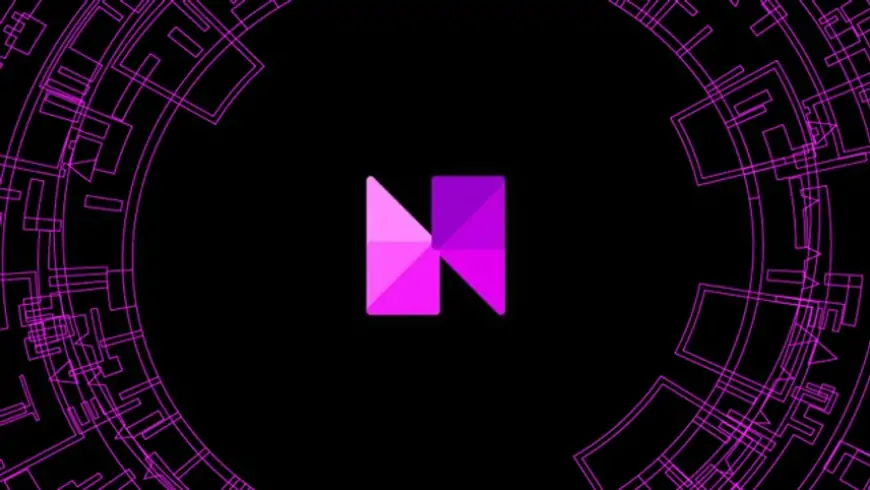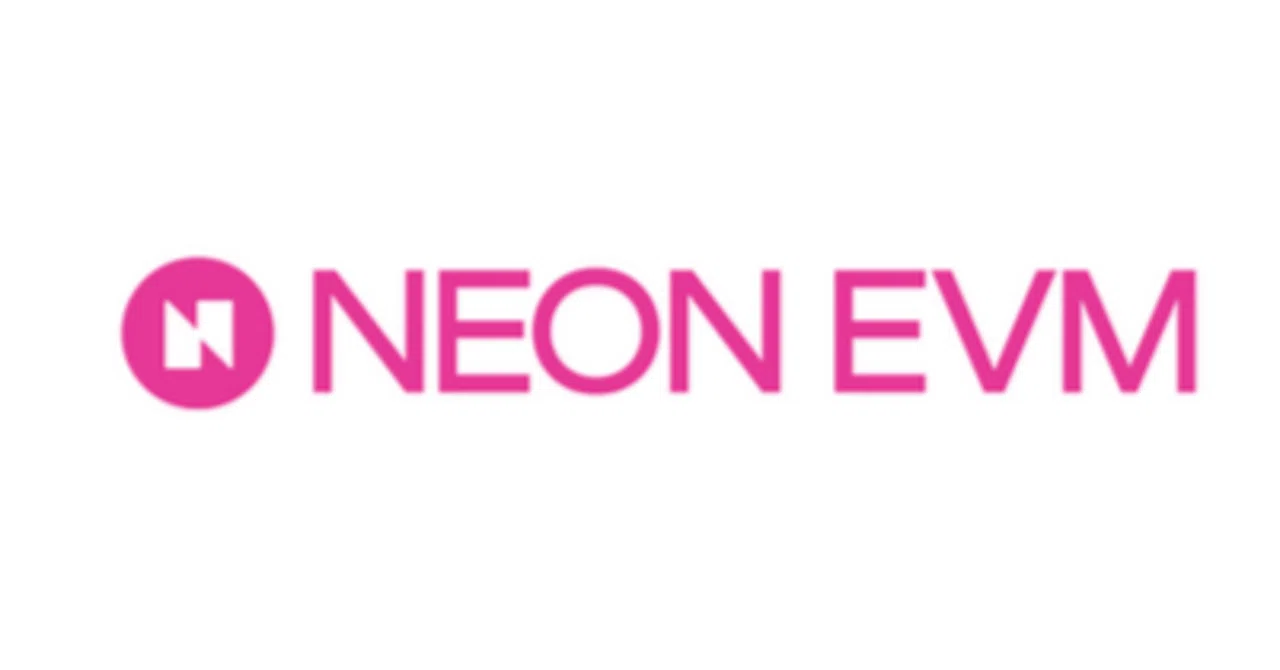Neon EVM review: All you need to know
Exploring the Neon EVM: An in-depth analysis of its features, performance, and suitability for various applications.

Our Verdict
Our Verdict
Neon EVM (Ethereum Virtual Machine) is a significant innovation within the blockchain space, offering a unique approach to scalability and interoperability. Neon EVM is designed to run Ethereum smart contracts on the Neon Protocol, which is a layer-1 blockchain built with the aim of providing high throughput, low latency, and seamless interoperability with other blockchains.
 Pros
Pros
- Scalability
- Innovation
- Interoperability
- Community support
- Compatibility with Ethereum
 Cons
Cons
- Network effects
- Adoption challenges
- Scalability trade-offs

Starting price
$0.7874Execution of Ethereum Smart Contracts
YesScalability and Interoperability
Neon EVM aims to provide high throughputUnderstanding Neon EVM
Neon EVM stands out as a pioneering solution, enabling Solana blockchain compatibility with Ethereum's EVM. It facilitates Ethereum-like transactions on Solana, empowering developers with Solidity expertise, tools, and codebases to seamlessly transition to Solana for scalability. Neon EVM serves as a bridge, amalgamating the strengths of both blockchains, empowering dApps to harness the finest features from each ecosystem. It's akin to a gateway, offering the community a robust platform to innovate, expand, and collaborate on dApp development.
Flourish with Neon EVM
The blockchain sector is undergoing unparalleled expansion, largely fueled by the surge of innovative offerings originating from the Ethereum ecosystem. In 2021, network activity peaked with a record 1.65 million daily transactions. Ethereum, boasting the largest smart contract blockchain, harbors a vibrant community, hosting leading entities like MetaMask, Uniswap, Compound, Remix, Truffle, CryptoPunks, and BAYC. However, this growth has brought challenges, such as soaring transaction fees (peaking at $63 in November 2021 and $70 in May 2021) and limited throughput (around 30 TPS). Numerous projects are actively developing technical solutions to tackle these scalability issues.
Introducing the Solana blockchain, a rapidly expanding network renowned for its lightning-fast transaction speeds and cost-effectiveness. Solana boasts an impressive throughput of up to 65,000 transactions per second at an average cost of $0.00025 per transaction, achieved through eight core innovations enabling high-speed parallel transaction processing within a unified blockchain environment.
Unlike other platforms relying on sharding, Solana's performance enhancements are intrinsic to its architecture. Despite its market-leading performance metrics in terms of transaction throughput and costs, transitioning Ethereum projects to Solana has been impractical due to differences in programming languages and developer tools.
Enter Neon EVM
Neon EVM bridges the gap, granting Ethereum dApps access to Solana's capabilities seamlessly. No code rewriting is necessary; applications can be directly migrated to Solana via Neon EVM. Ethereum wallets are fully compatible with Neon EVM, eliminating the need for Solana-specific wallets.
For Ethereum developers comfortable with Solidity, Neon EVM provides a familiar environment for building new dApps on Solana without the need to learn Solana's programming language, Rust.
Neon EVM also offers extensive integrations with ERC-20 tokens and planned support for ERC-677 and ERC-721 (NFTs), presenting Solana-based alternatives to numerous Ethereum use cases.
As the future leans towards cross-chain compatibility, platforms facilitating seamless blockchain integration will be pivotal. Neon EVM aims to lower the barriers for Ethereum developers to access Solana, enabling a connected future. Embrace the opportunities Neon EVM unlocks to stay ahead of the curve.
Crafting Neon EVM: A look into its design
Before delving into the architecture of Neon EVM, let's acquaint ourselves with some essential terms through our glossary.
At its core, Neon EVM is essentially a smart contract on the Solana blockchain. This enables Neon EVM to accept Ethereum-like transactions and execute them on Solana following Ethereum's protocols.
Transactions passing through Neon EVM, termed as Neon Transactions, serve as inputs for designated Neon Clients. (These clients are Solidity dApps deployed via Neon EVM). Facilitated by the Neon Web3 Proxy and Neon Operators, Neon Transactions ensure a seamless user experience.
Any tokens transferred to Neon EVM via an Ethereum bridge are stored on Solana as SPL tokens. Tokens generated by Neon Clients on Neon EVM are initially converted into SPL tokens through an ERC-20 bridge before being stored on Solana. Additionally, all transaction-related data is stored on Solana. Remarkably, this model allows any Ethereum transaction or dApp to function on Solana without exceptions.
Furthermore, by leveraging blockchain bridges, assets created by Neon Clients can be transferred between the Ethereum and Solana blockchains. Neon EVM users can fully utilize Solana's transactional benefits and retain the flexibility to store their assets wherever they choose.
Neon's accelerated pace
Neon EVM not only enhances throughput but also achieves remarkable transaction processing speeds. Testnet analysis demonstrates that Neon EVM consistently handles approximately 4500 transactions per second, with confirmation times of less than 1 second. To contextualize, Ethereum manages around 30 TPS, Bitcoin about 5 TPS, and Visa approximately 2000 TPS. These findings underscore the critical speed enhancement Neon EVM offers to dApps in the current blockchain landscape.
Implementing Neon EVM in action
Getting started with a Neon EVM Client requires a Neon EVM account with a positive NEON balance, easily achievable by setting up a MetaMask account linked to the Neon network. Once MetaMask is configured, users can seamlessly access and engage with the Neon EVM client. Transferring funds to the dApp's contract follows the usual process, with Neon EVM managing all logistics, including interactions with the Neon Web3 Proxy and Neon operators.
Furthermore, Neon EVM users have the option to deploy the Neon Web3 Proxy independently and execute Neon transactions without relying on Neon EVM operators. In this scenario, users must manually cover transaction execution costs on Solana with SOL tokens.
The expense of excellence
They say, "Cutting costs seldom improves quality, but improving quality often reduces costs." Transitioning an Ethereum dApp to Neon EVM not only offers scalability and speed advantages but also reduces transaction expenses significantly.
Once migrated to Neon EVM, regardless of the dApp's traffic or throughput, operational costs are notably lower compared to Ethereum. Testnet data indicates that Neon EVM transaction fees average around 0.000005 SOL per transaction.
For Neon EVM Users engaging with a dApp, three key cost factors are essential:
- Solana transaction execution fee, which remains incredibly affordable.
- Fees directed towards the Neon EVM governance body responsible for its upkeep and development.
- Fees for the Neon EVM operator facilitating transaction execution, with NEON tokens typically accepted, although users can propose alternative ERC-20 tokens.
Although this may seem complex, the overall transaction fees, coupled with Solana's rapid processing, represent a mere fraction of Ethereum's equivalent operations.














































